Islas Ballestas, also called as ‘The Poor Man’s Galapagos’ is a group of small islands near the Paracas town, on the southern coast of Peru. Those are rock formations occupied by seals and many species of birds such as guanay cormorants bird, Humboldt penguins, Peruvian pelicans, Incan terns or blue-footed booby.
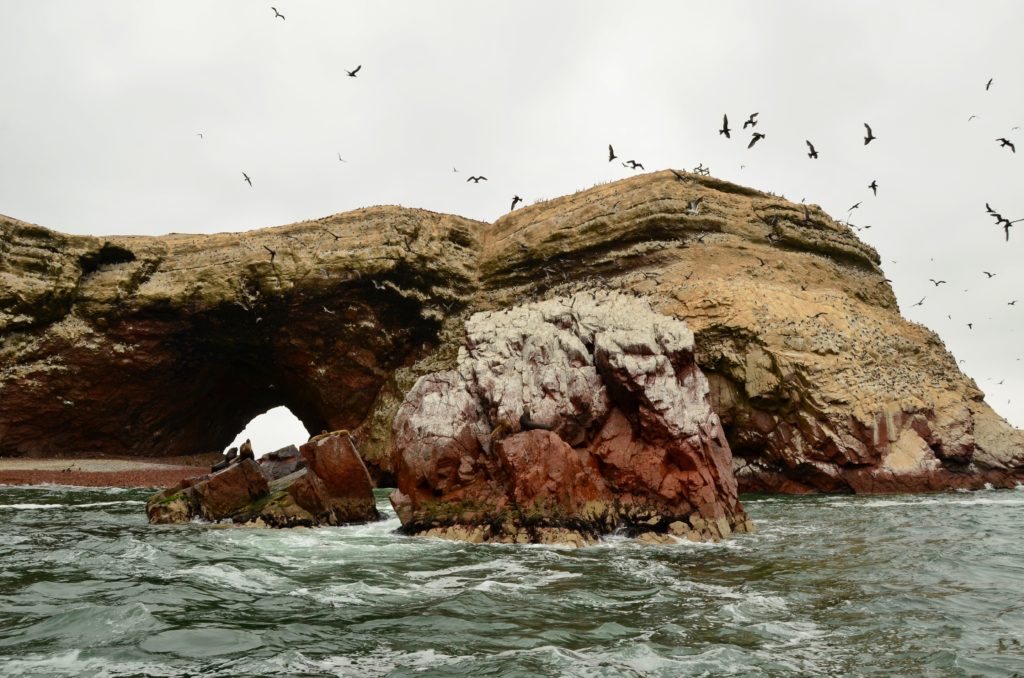
You can visit the islands during a 2h boat tour with a departure from the Paracas Harbour. Many companies operate here and the tours start usually at 8 a.m. The boats are opened, so you should have something against the wind and the sun. They also sell hats in the harbor as the birds may shit on you. Sometimes, if you are lucky, you can see seals and dolphins jumping in the water, but also birds and especially pelicans flying low over your heads. We did not get a hat and neither we received any present from the birds. The most important though is to have a seat and a life vest.
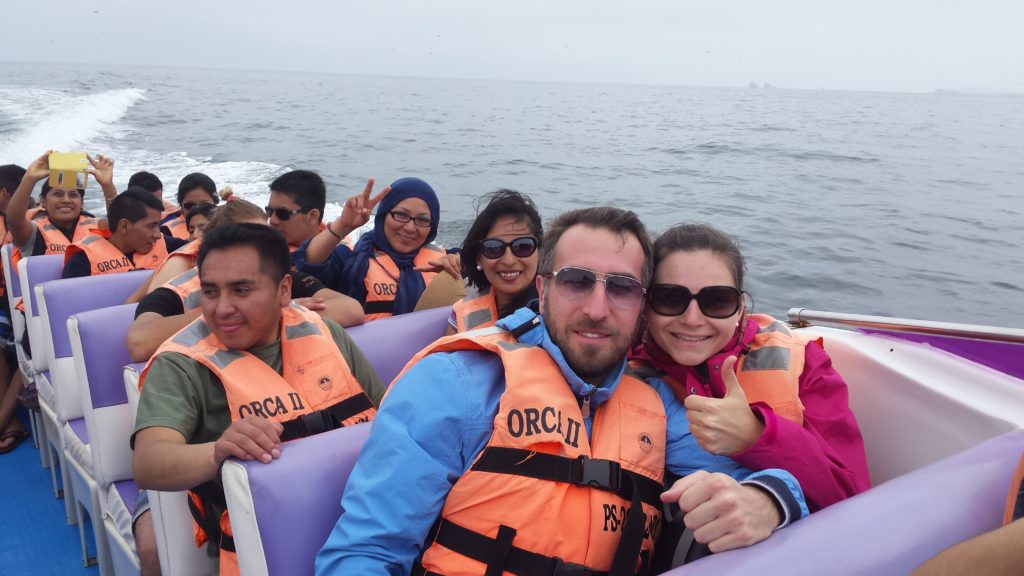
When heading to the islands, you will see a large prehispanic geoglyph El Candelabra, which is +/- 150 m tall and +/- 40 m wide and dates back to the times of the Paracas culture (something around 200 B.C.). Until nowadays, there are speculations about its origins and so it remains a mystery – some people believe that it was done by humans with a help of giant stones and it was supposed to serve as a beacon for the mariners, some others think that it was a work of aliens. Link to the Nazca lines is also possible.
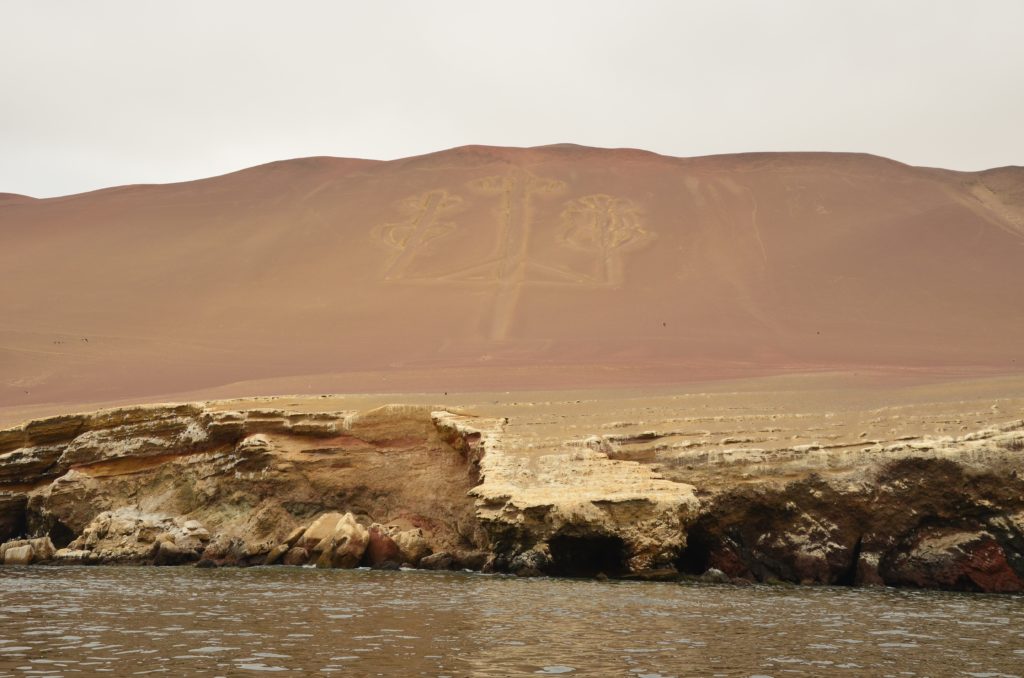
When you reach the islands, you will be amazed by the number of birds sitting on the rocks.
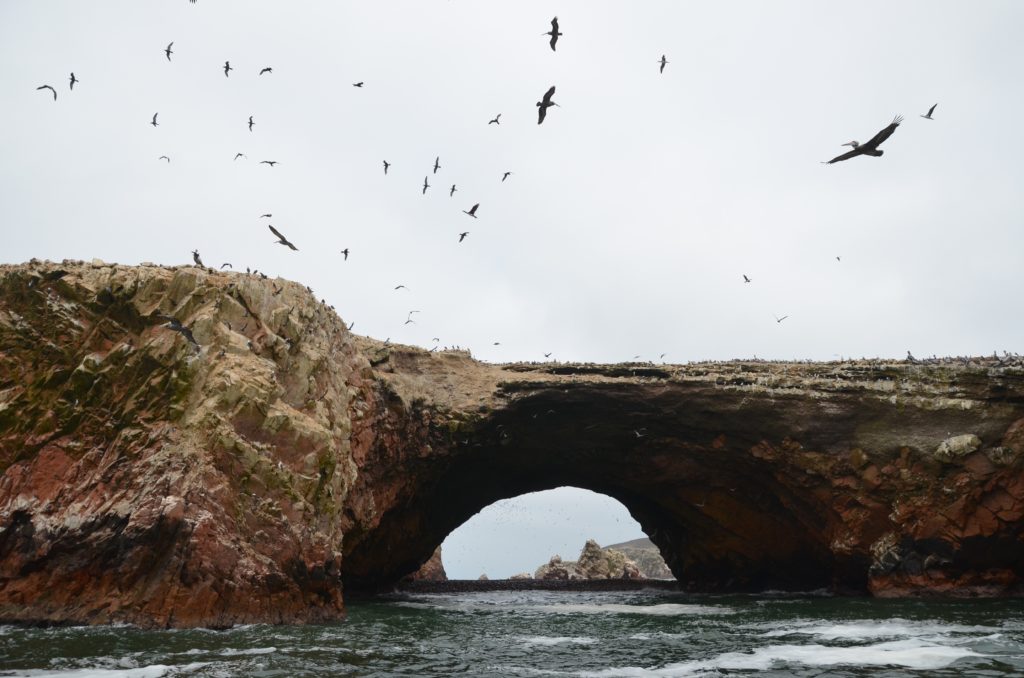
The guide explains to us that the huge concentration of seabirds at Islas Ballestas was a reason why guano used to be mined here on a large scale. Guano is the excrement of seabirds, that used to serve as an organic fertilizer thanks to its high content of nutrients essential for plant growth. Perú is the World’s top producer of Guano and the main producers are Guanay cormorants, Peruvian pelicans, and Peruvian booby. Guano was considered as a treasure during the Inca times and during its boom in the middle of the 19th century, it was exported as a commodity more expensive than silver. The reserves of guano used to meter high, but nowadays is much less and the guano is used mainly for Peruvian organic farmers.
Read also: Dune Buggy and Sandboarding in Huacachina
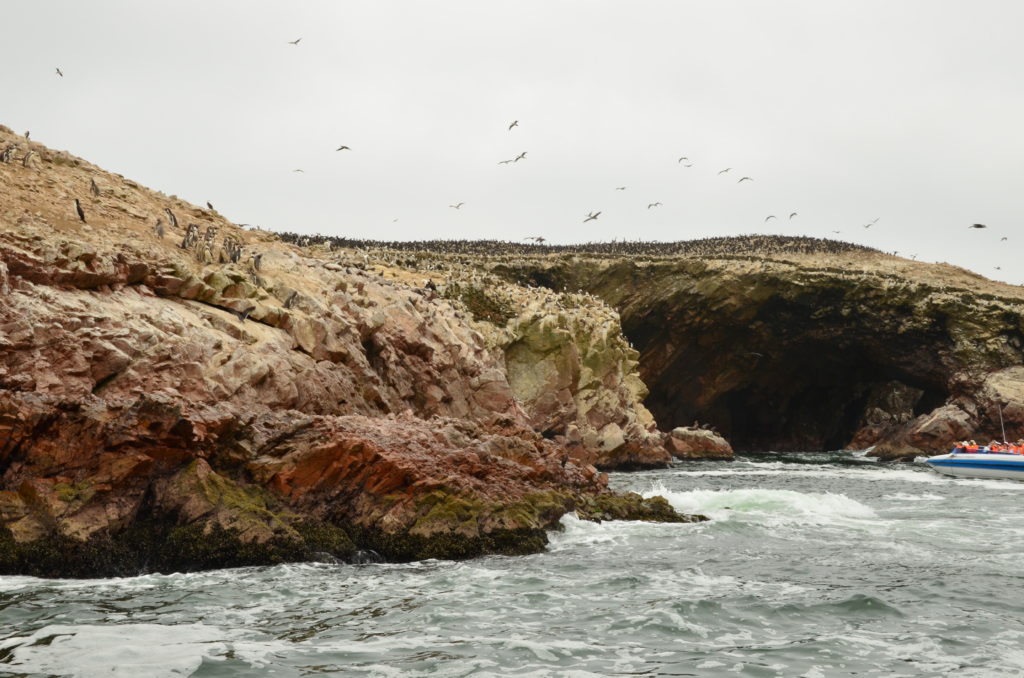
We can see all the main guano producers from the boat. Here below is Blue-footed booby:
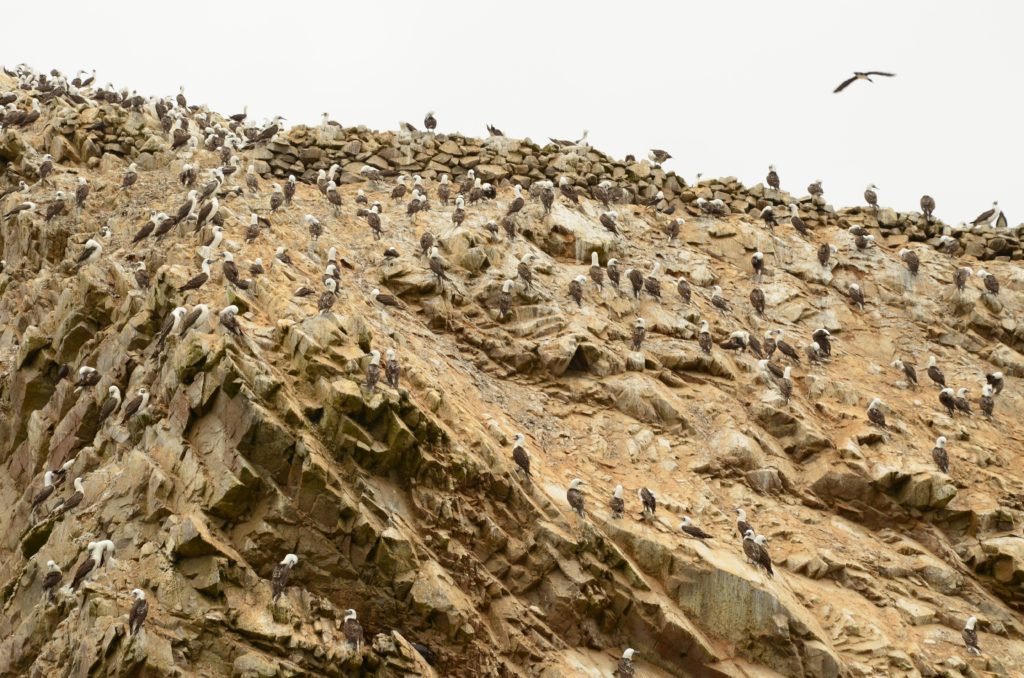
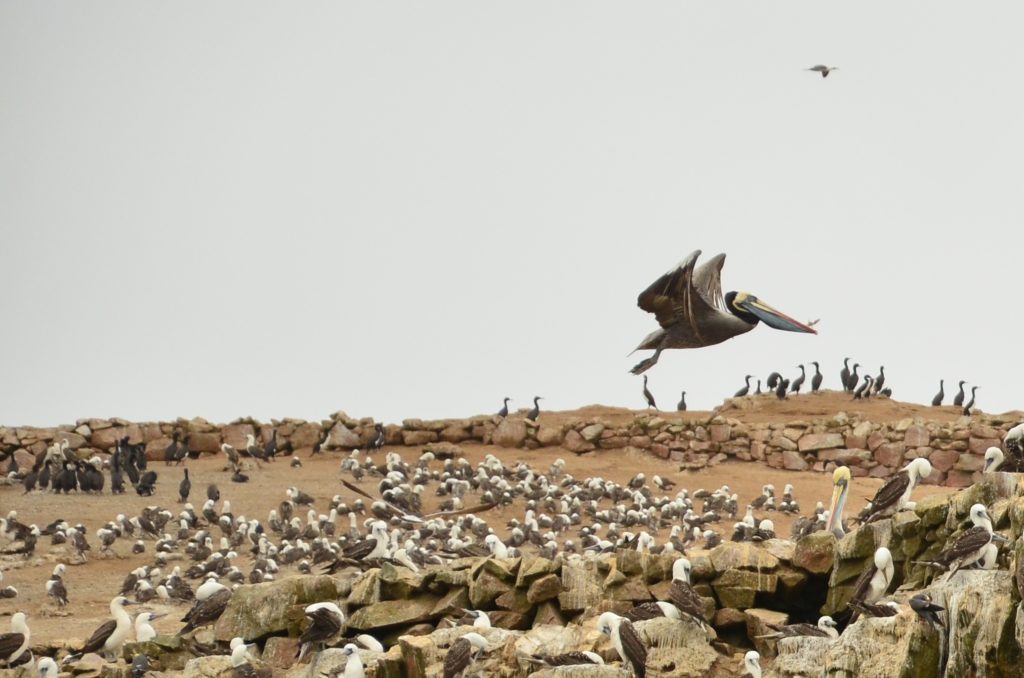
You can see one Guyano cormorant on the left of the below picture, the other small black birds with red beak are Incan terns.
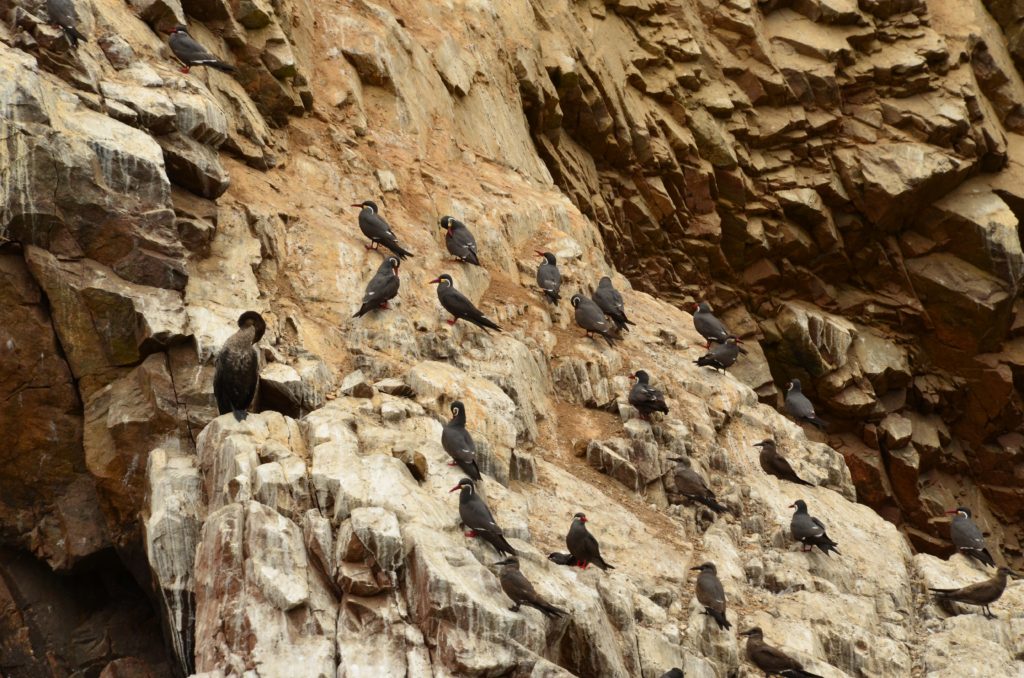
And Peruvian pelicans:
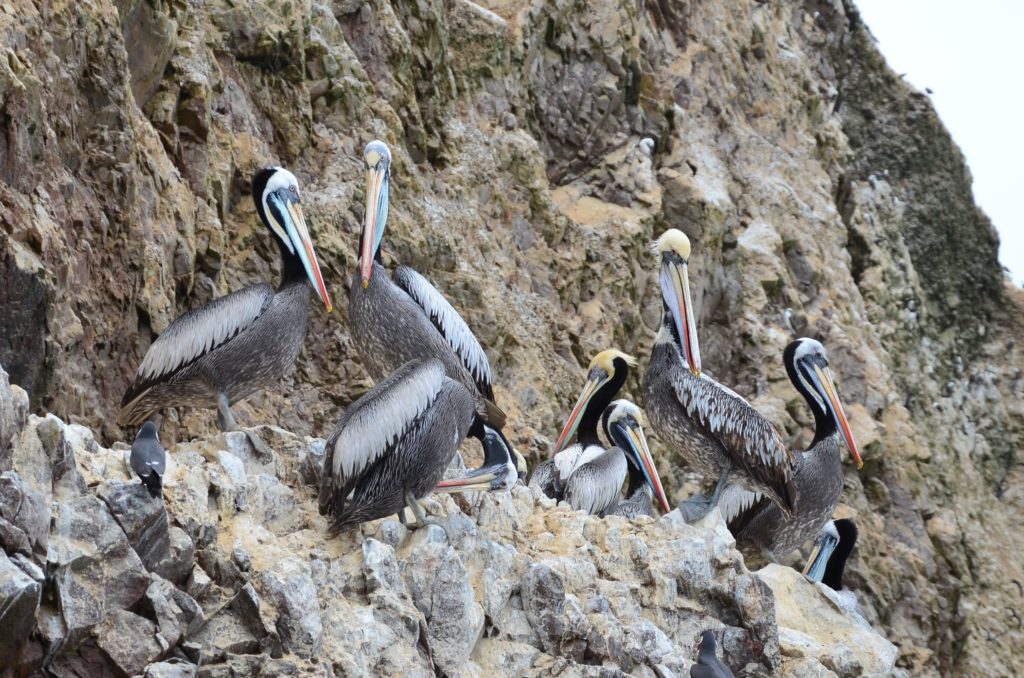
Finally, we saw the Humboldt penguins – they walked in small groups, and here you can see the first one examining the terrain. They are cute and funny.
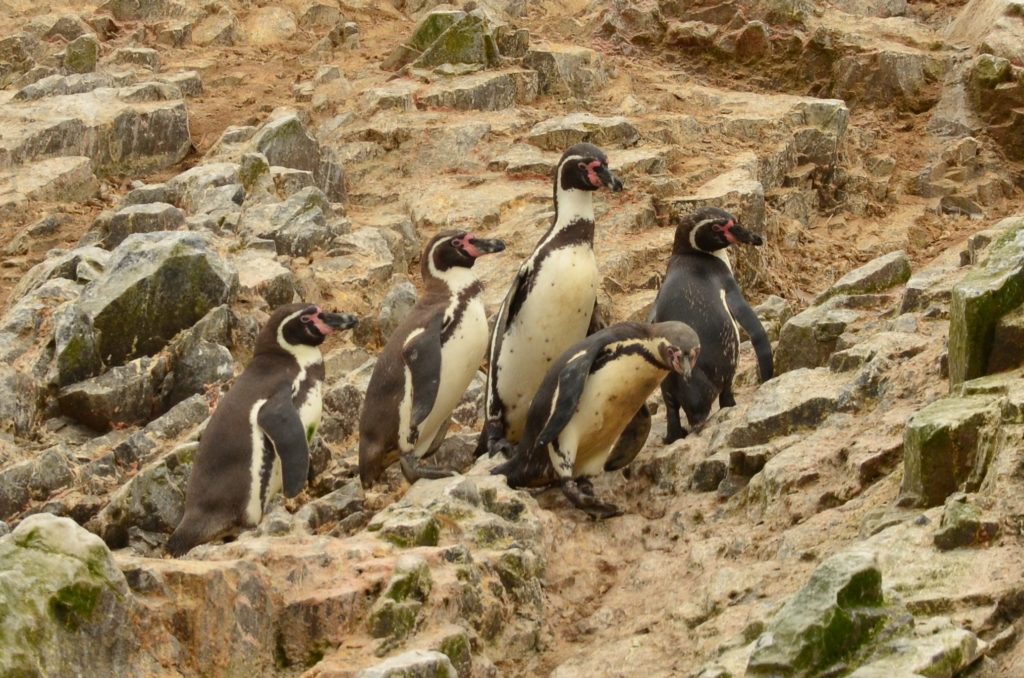
When cruising around Islas Ballestas, you can admire the seals relaxing on the rocks and listen to their roaring and echoes.
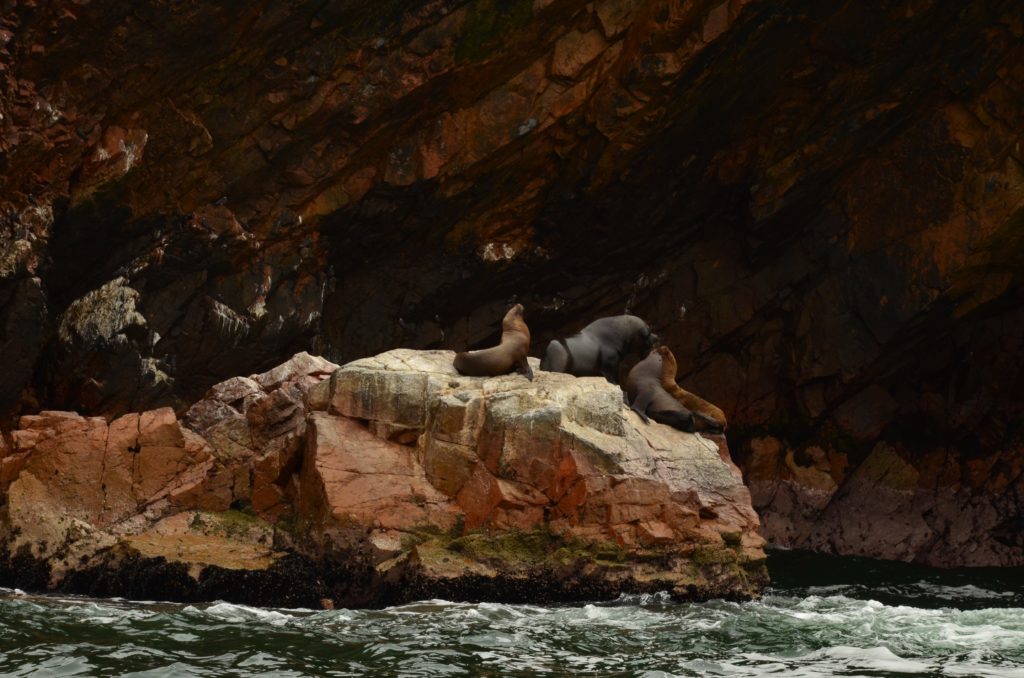
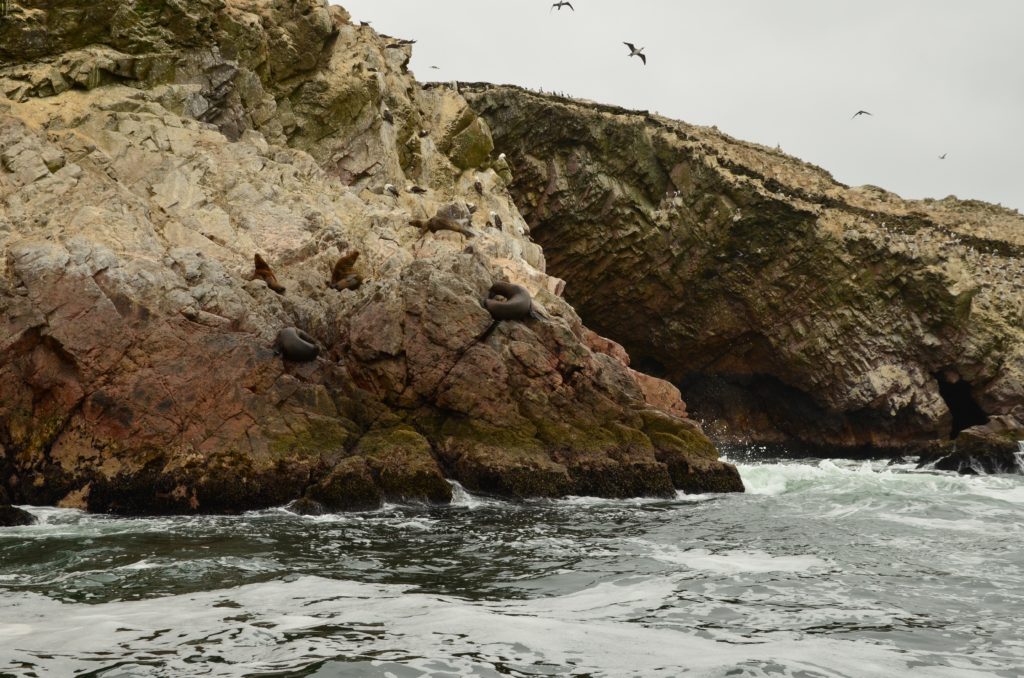
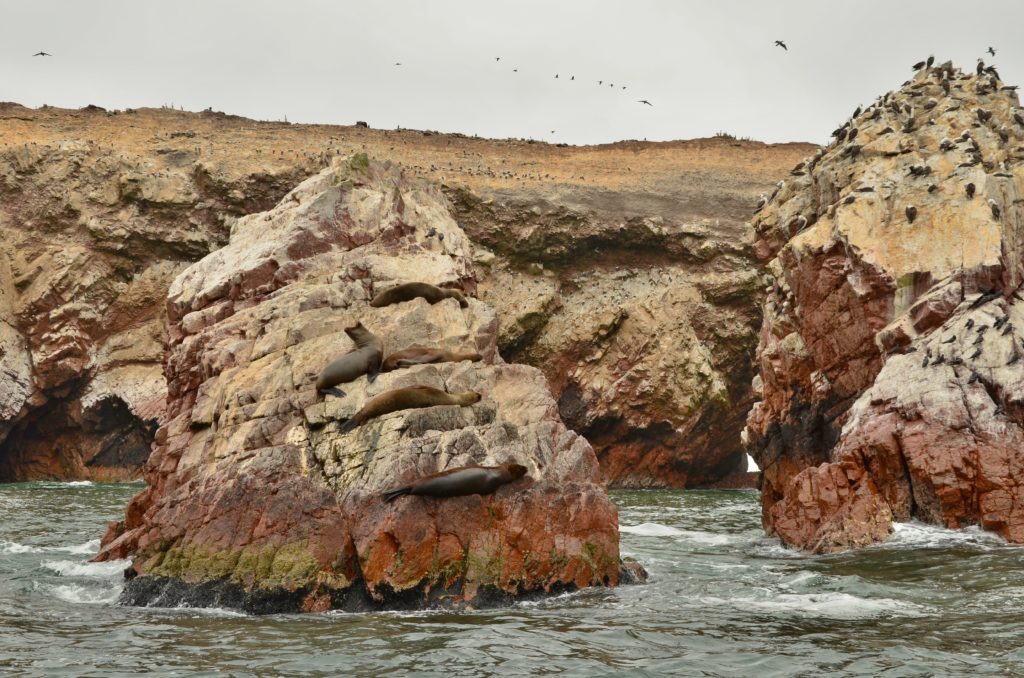
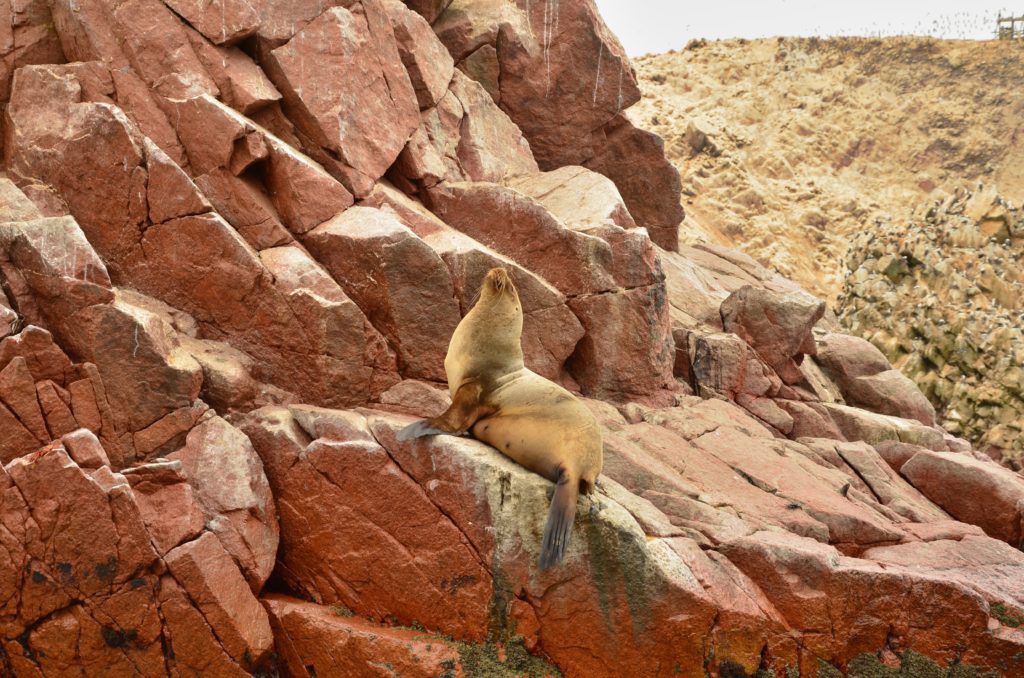

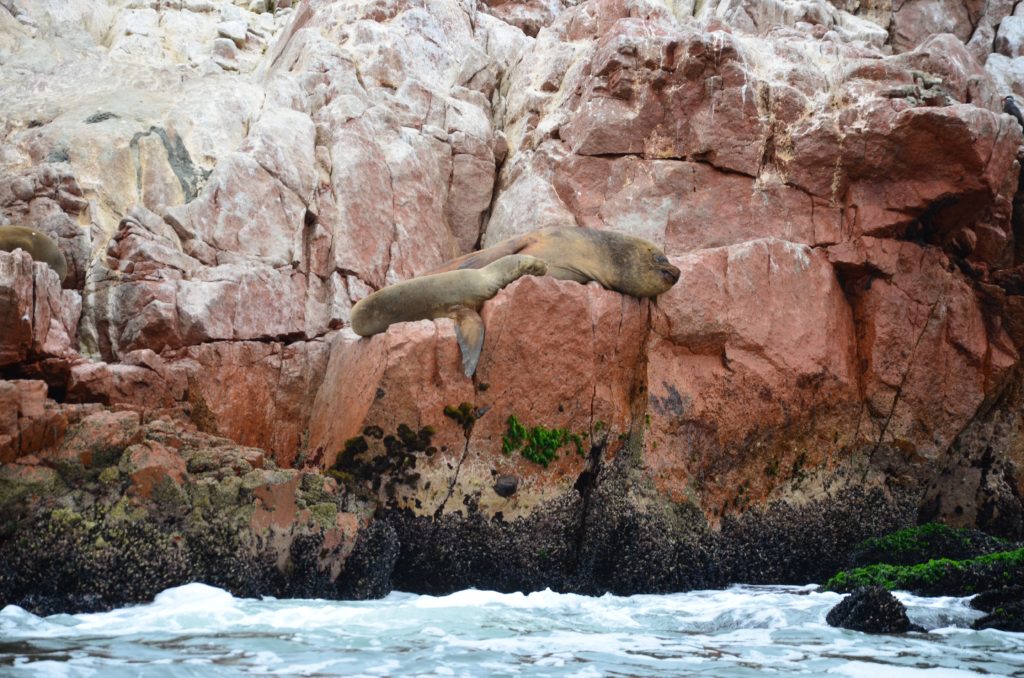
I do not remember how this beach is called exactly, but it is the place where at the certain period in a year, the female seals come to deliver their babies. Nature can be cruel. At the time we went (November) it was quite empty, but once a year it gets very crowded and they often have to leave the little ones alone for days, until they find some food for them. If the little ones have the chance and they are not attacked by older seals in the meantime, they survive and then it is difficult for the mom to find them in the crowd.
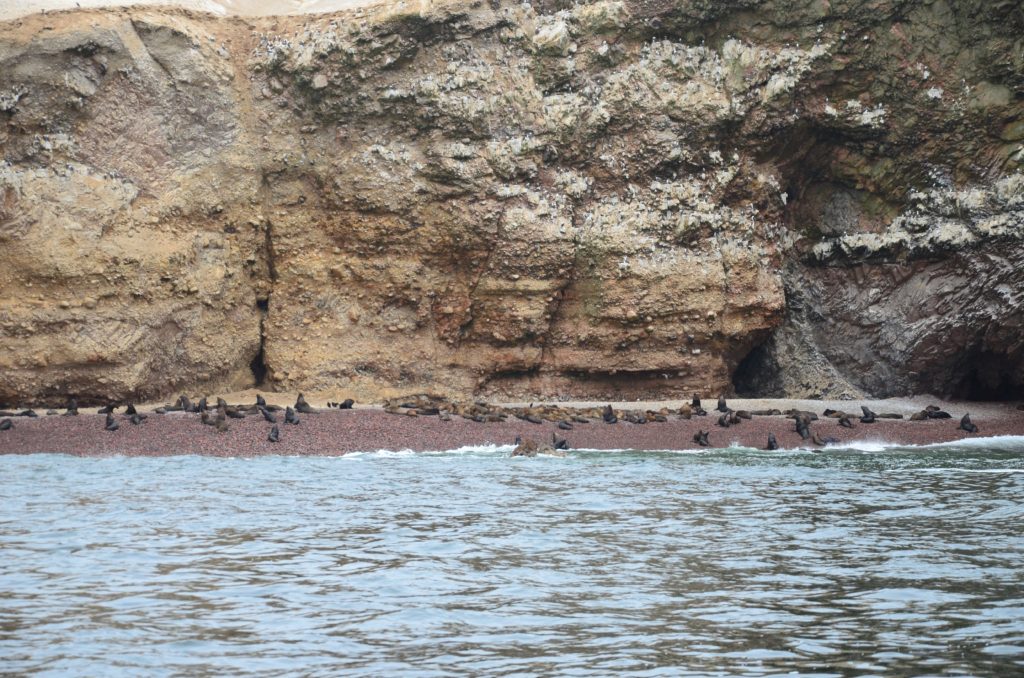
There are several guano mines alongside the Peruvian coast, where some people still reside for the season and collect guano (making twice as much as the minimal Peruvian salary), so you can still see the docks from where the guano is transported.
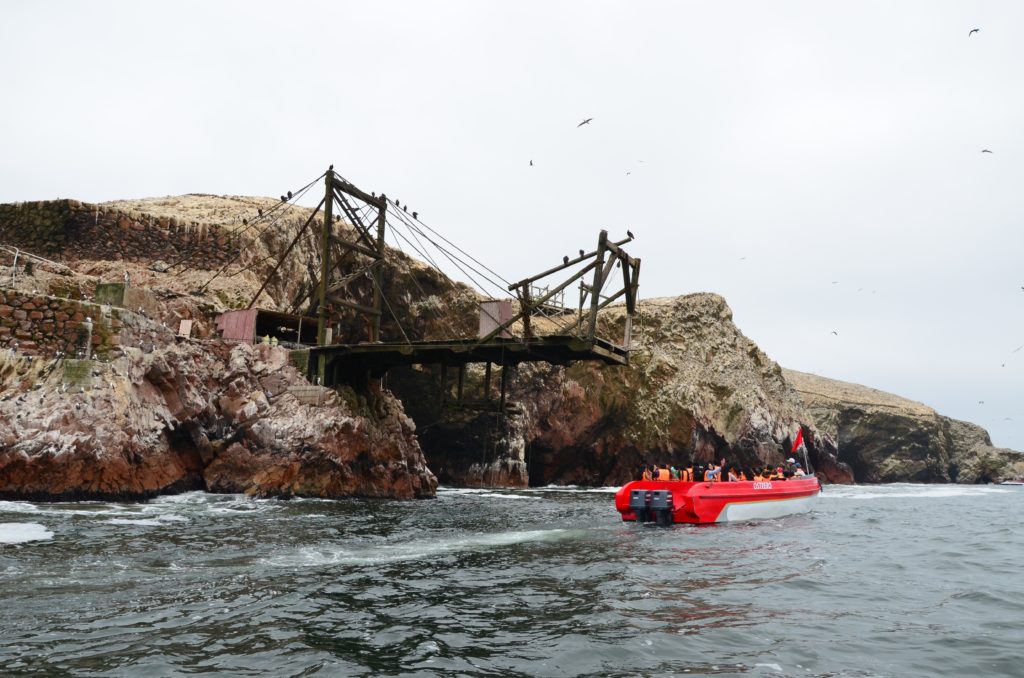
Here the boat turns back to Paracas harbor. Few last sights of the Ballestas islands covered by birds. The Peruvian teenagers in our boat are very enthusiastic about the trip – they never stopped laughing nor taking selfies. 🙂
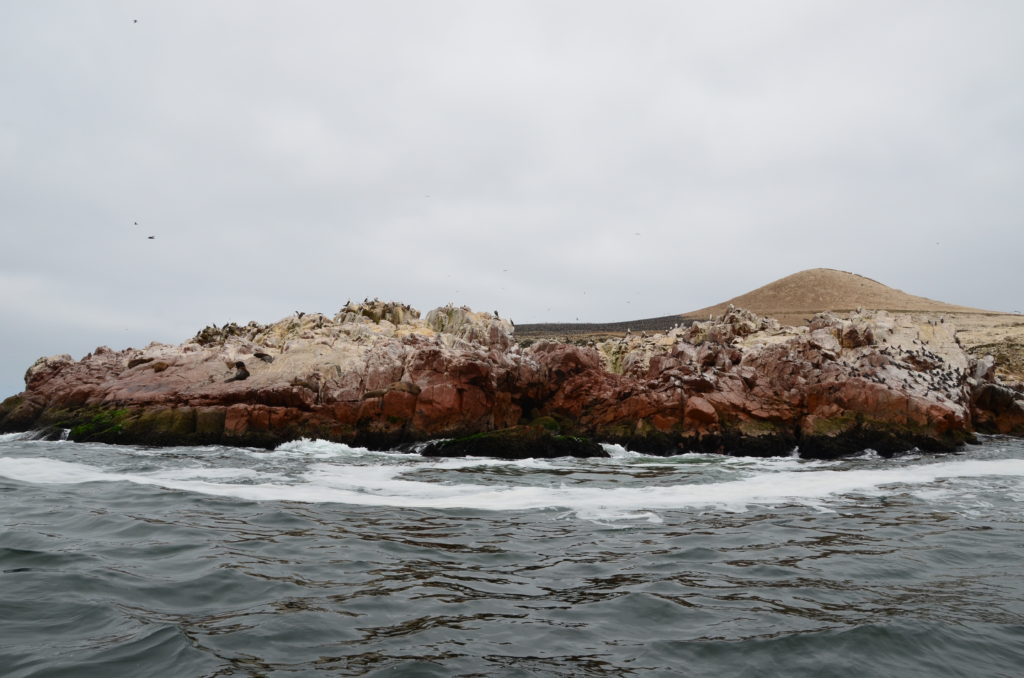
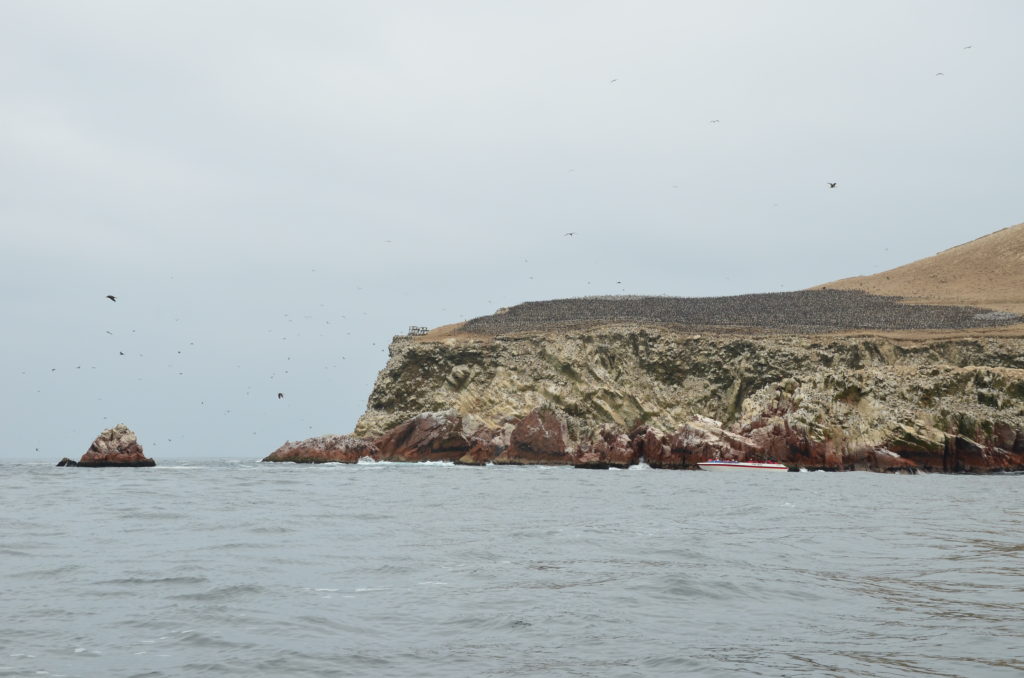
Back to the harbor in Paracas we can still meet some locals alongside the beach with fearless pelicans ready to take the picture with us.
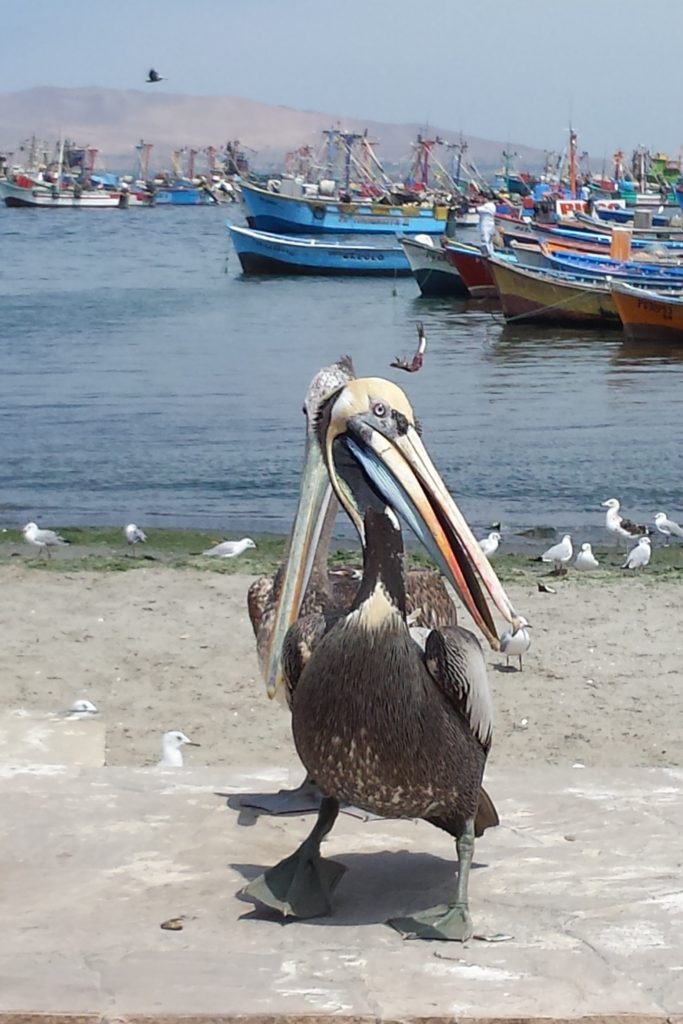
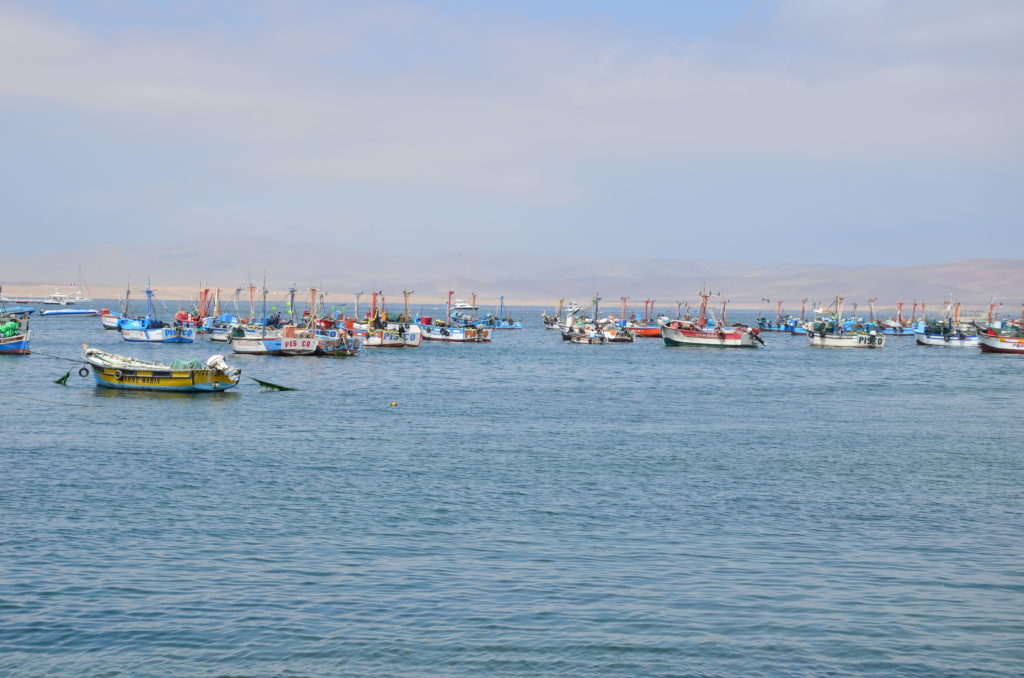

1 comment
Beautiful Peru. Machu Picchu es el sitio de una antigua ciudad inca, en lo alto de los Andes del Perú. Situado a 2430 m.s.n.m, machu picchu es conocido como “La Ciudad Perdida de los Incas”. Es uno de los conjuntos arqueológicos más famosos y espectaculares del mundo.